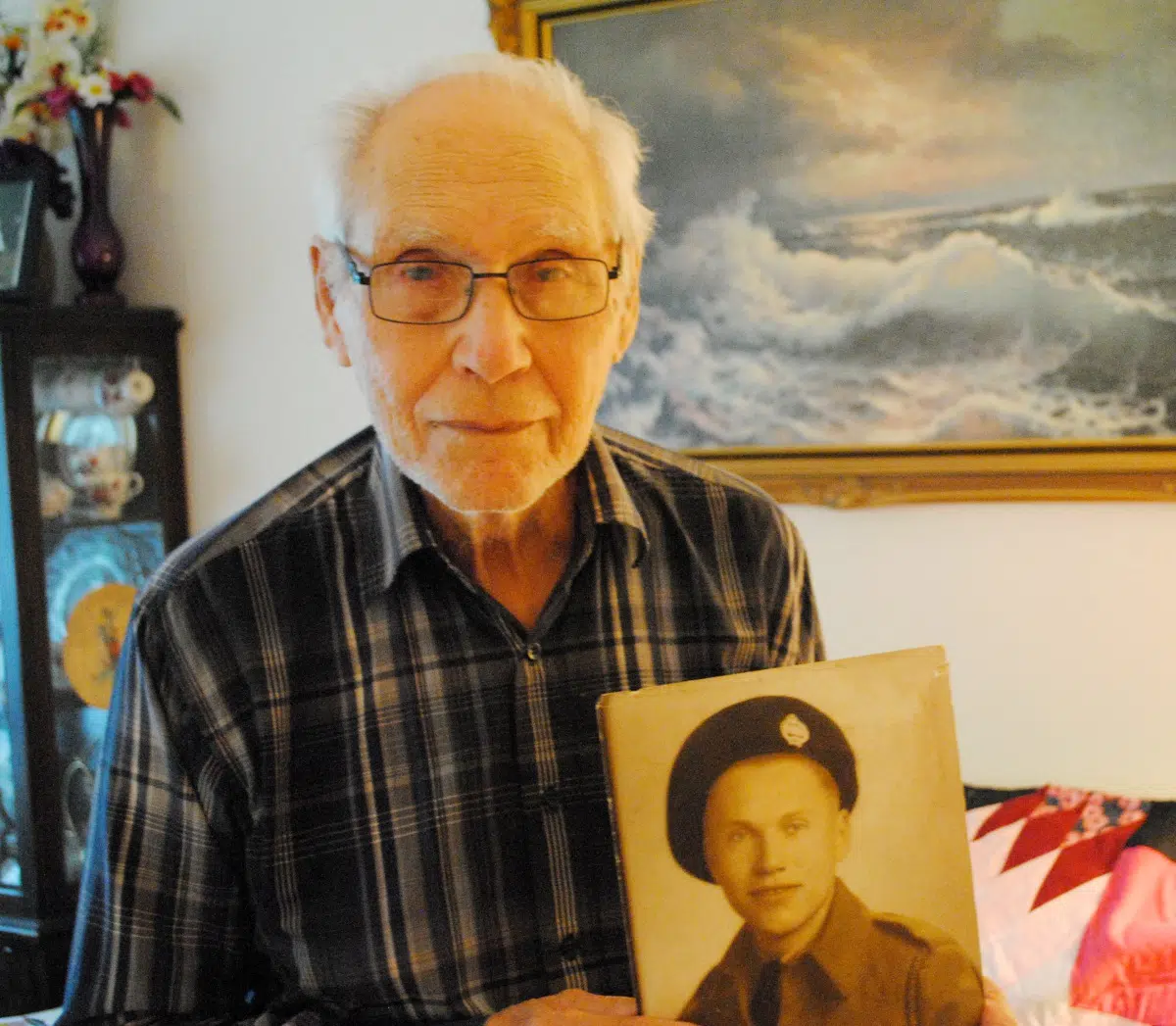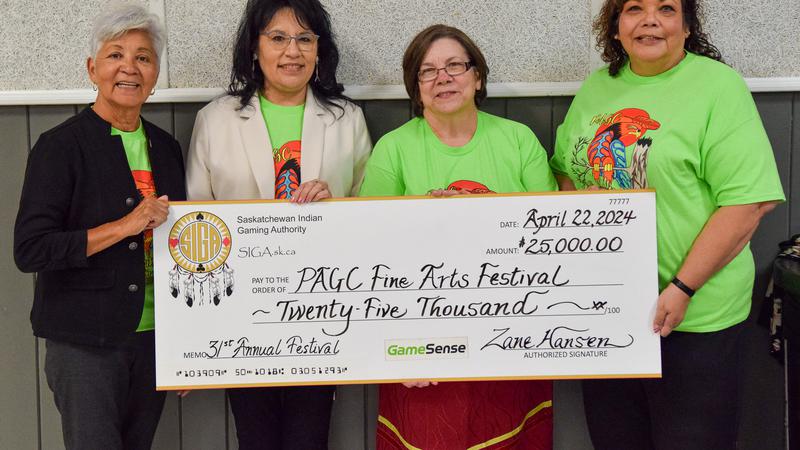
D-Day a clear memory for 90-year-old veteran
William Halcro sits in a chair in his living room. The 90-year-old man has one visible remnant from his time in Normandy – a gap between his thumb and fingers that was hit by grenade shrapnel.
When asked what he remembers about the Second World War, at first he said he doesn’t remember the emotions he felt heading into D-Day.
However, the emotions played across his face as he described the morning he arrived on an airplane.
Halcro and his company approached the shore by ship.


